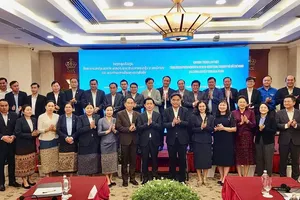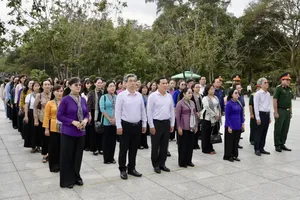However, slow implementation makes it difficult to achieve this goal on time.
So far, two first waste-to-energy plants have begun construction, including Tam Sinh Nghia Waste-to-Energy Plant, designed to process 2,000 tons of waste per day, which will be built within 18 months, completed and operated in the first quarter of 2026. VietStar Waste-to-Energy Plant, just started construction earlier this month, has a processing capacity of 2,000 tons daily and a total investment of about VND3,500 billion (US$137 million), is expected to be completed within one year.
As for the remaining three projects, the Ho Chi Minh City Department of Natural Resources and Environment disclosed that the department is supporting businesses in completing investment procedures.
Regarding the project led by Ho Chi Minh City Urban Environment Company Limited (CITENCO), the company recently held a working session with Ho Chi Minh City Finance and Investment State-Owned Company (HFIC) to adjust the total investment amount from VND3,795 billion (US$148 million) down to VND2,323 billion (US$91 million).
The HFIC agreed to perform partnership and contribute capital to ensure compliance with the Vietnam Investment Law, specifically requiring that investors must contribute at least 20 percent of the total project investment. Ho Chi Minh City Finance and Investment State-Owned Company will also provide a loan covering the remaining 80 percent of the investment.
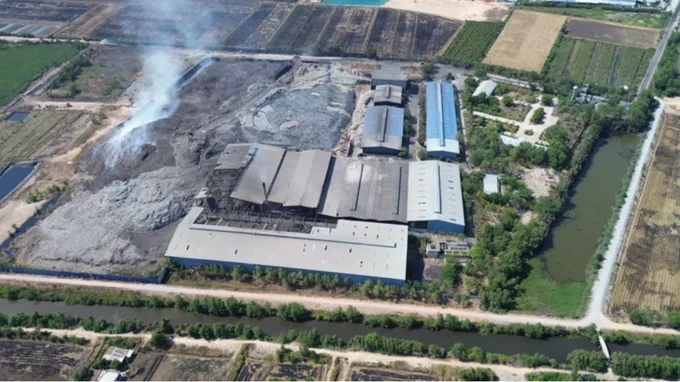
As for Tasco’s project, after debating with the municipal Department of Finance and the investor, the Ho Chi Minh City Department of Natural Resources and Environment will provide additional suggestions on the preliminary environmental impact assessment in the revised investment policy dossier once supplementary documents are submitted.
As for the Vietnam Waste Solutions' (VWS) technology conversion project, on February 23, the Ho Chi Minh City Department of Finance issued an official request for additional documents, including the pre-feasibility study report, explanatory documents and preliminary design drawings, overall site layout for the project along with financial reports for 2022 and 2023. Although the project has already broken ground, the investor still faces hurdles that need to be resolved.
Regarding the project of CITENCO, the unit representative stated that the company submitted the investment policy application in 2018 which had not been approved yet.
As for Tam Sinh Nghia waste-to-energy plant, Plant Director Nguyen Anh Khoa has only received a construction permit for the foundation so far, based on the outdated scale of 1:2000 for zoning plan. They are now requesting approval to adjust zoning regulations of 1:2000 and 1:500 in line with the new urban plan. Therefore, the next phase of construction can be proceeded.
Mr. Nguyen Anh Khoa emphasized that the company acknowledged the support from the municipal Department of Natural Resources and Environment in addressing these challenges and hoped for a faster resolution to accelerate construction and complete the project as per the city's directive.
At the groundbreaking ceremony for VietStar Waste-to-Energy Plant, Vice Chairman of Ho Chi Minh City People's Committee Bui Xuan Cuong informed that as reported by the municipal Department of Natural Resources and Environment, the city's waste output is projected to reach 16,000 tons per day and approximately 20,000 tons per day by 2030 and 2025 respectively.
Therefore, it is essential to treat solid waste now and in the future, using modern and advanced waste treatment technologies to ensure sustainable urban development and environmental protection.

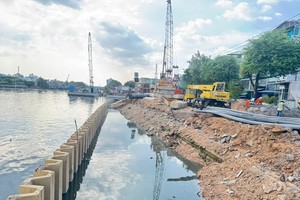
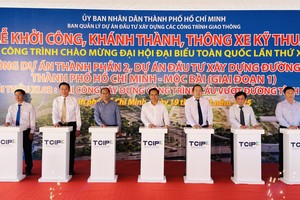
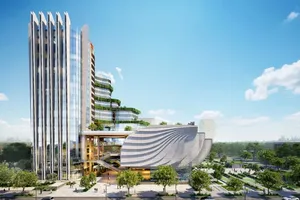
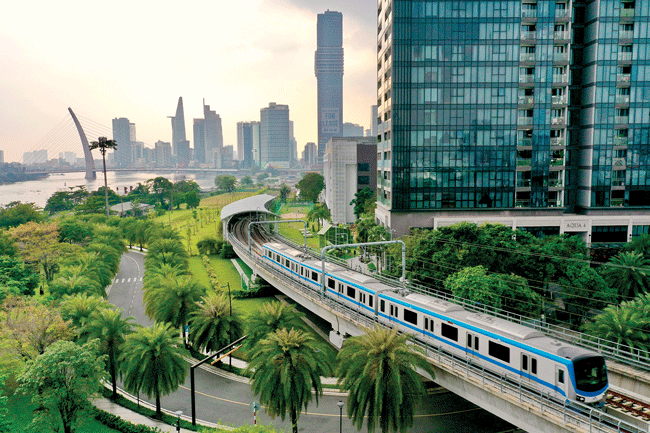


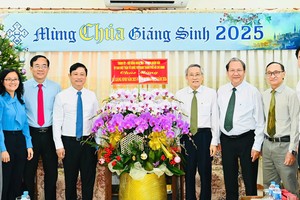
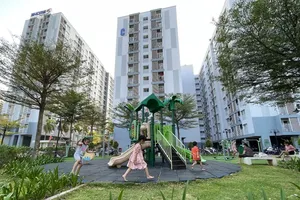
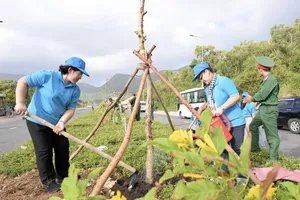

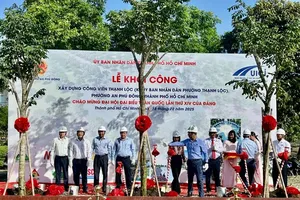
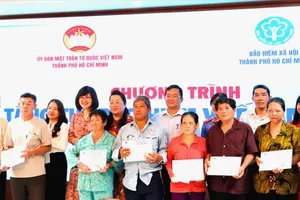
)
